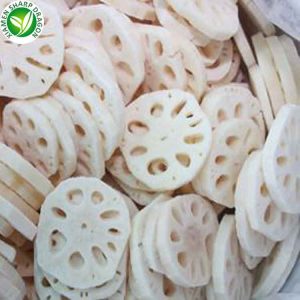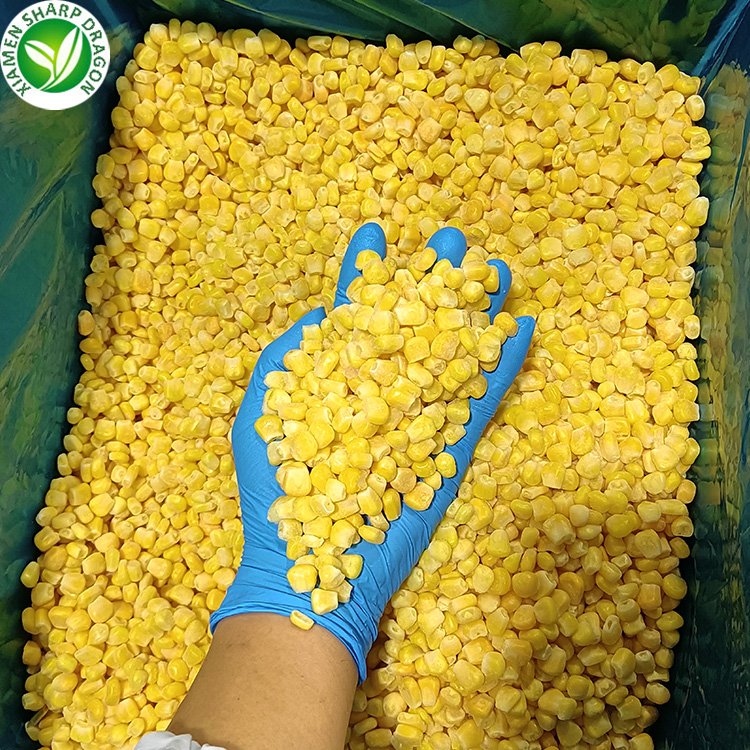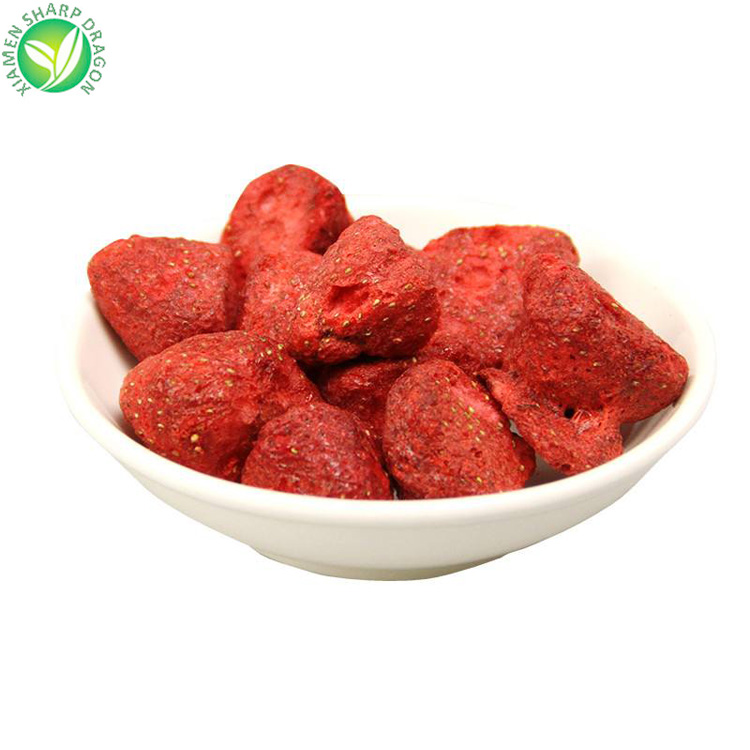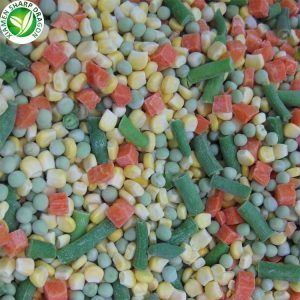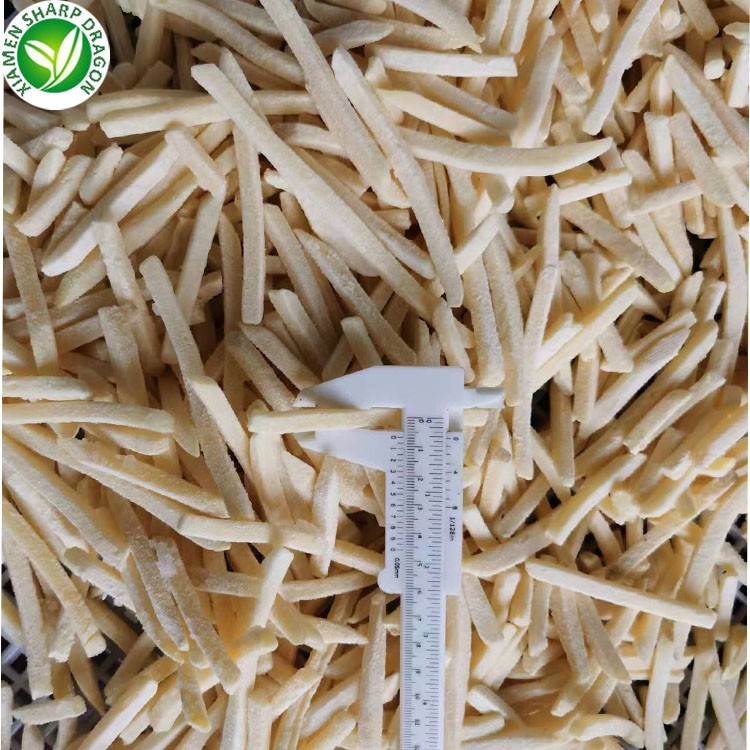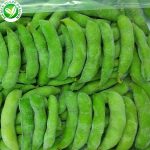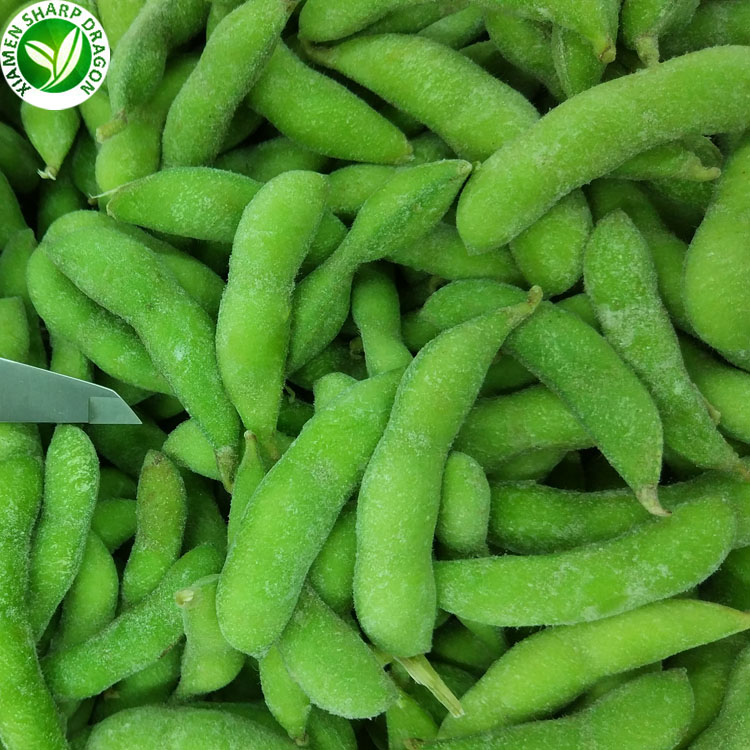White asparagus, prized for its delicate flavor and unique texture, undergoes a significant transformation when frozen. The freezing process can alter both the texture and taste of this vegetable, influencing its culinary applications and overall appeal. Understanding how freezing affects white asparagus is essential for both consumers and chefs seeking to utilize this vegetable effectively. Let’s delve into the intricacies of frozen white asparagus to explore the changes it undergoes and their implications in various culinary contexts.
Understanding White Asparagus and Its Characteristics
White asparagus, distinct from its green counterpart, is cultivated by shielding it from sunlight to prevent photosynthesis, resulting in its pale appearance and subtle, slightly nutty flavor. This vegetable is known for its tender texture and is highly regarded in gourmet cuisines.
Impact of Freezing on Texture
Freezing, while preserving the vegetable for longer storage, can significantly impact the texture of white asparagus:
- Cellular Structure: The freezing process causes ice crystals to form within the cellular structure of asparagus. These ice crystals can rupture the cell walls, leading to a change in texture. Upon thawing, the vegetable might become softer or slightly mushy compared to its fresh state.
- Fiber Integrity: The fibrous nature of asparagus can be affected by freezing. Ice crystal formation might compromise the integrity of the fibers, potentially leading to a loss of firmness and crispness.
- Water Content: Freezing can alter the water content within the vegetable. When frozen, the water in asparagus expands, potentially affecting its texture upon thawing. This expansion and subsequent contraction during thawing can impact the vegetable’s cellular integrity, influencing its texture.
Effects on Taste Profile
The freezing process can also impact the taste of white asparagus:
- Flavor Retention: While freezing helps preserve the flavor of asparagus to some extent, there might be a subtle change in taste due to enzymatic activity and the breakdown of certain compounds during freezing and thawing. However, the overall flavor profile is often preserved reasonably well.
- Potential Loss of Nutrients: Freezing can lead to a marginal loss of some volatile compounds responsible for the vegetable’s aroma and taste. The enzymatic activity might degrade certain nutrients and flavor-enhancing compounds, albeit to a minimal extent.
- Slight Blandness: Some individuals might notice a slight difference in taste between fresh and frozen white asparagus. The frozen counterpart might exhibit a slightly blended taste due to the aforementioned changes in cellular structure and enzymatic activity.
Mitigating Factors and Optimizing Frozen White Asparagus
While freezing alters the texture and taste of white asparagus, certain practices can help mitigate these effects:
- Blanching before Freezing: Pre-blanching the asparagus before freezing helps inactivate enzymes that can lead to the degradation of flavor and nutrients, preserving its taste to some degree.
- Proper Packaging: Vacuum-sealing or using airtight containers can minimize exposure to air and prevent freezer burn, helping retain the vegetable’s taste and texture.
- Quick Freezing: Rapid freezing, preferably using a blast freezer or freezing at extremely low temperatures, can reduce the formation of large ice crystals, minimizing damage to the cellular structure.
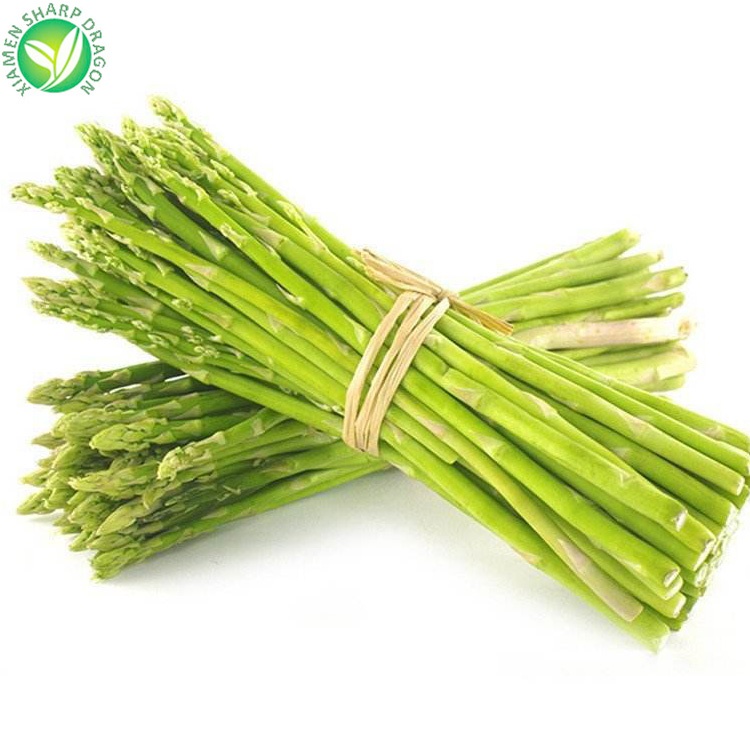
Culinary Uses of Frozen White Asparagus
Despite the alterations caused by freezing, frozen white asparagus remains a valuable ingredient in various culinary preparations:
- Soups and Purees: The softened texture of thawed white asparagus makes it suitable for purees and creamy soups, where its delicate flavor can shine through.
- Grilling and Roasting: While the texture might be slightly altered, frozen white asparagus can still be grilled or roasted with careful handling to add a unique touch to dishes.
- Incorporation into Casseroles or Quiches: Chopped or diced frozen white asparagus can be included in casseroles, quiches, or frittatas, contributing flavor and nutrients to these dishes.
- Stir-fries and Pasta Dishes: Thawed white asparagus can be used in stir-fries or pasta dishes, where its slightly softer texture might complement other ingredients.
Conclusion
Freezing undoubtedly affects the texture and taste of white asparagus, altering its cellular structure and potentially leading to slight changes in flavor. While the delicate nature of this vegetable might be impacted by freezing, proper handling, packaging, and cooking techniques can help optimize its use in various culinary applications.
Understanding the impact of freezing on the texture and taste of white asparagus enables individuals to make informed choices about its utilization in cooking. Despite the alterations caused by freezing, frozen white asparagus remains a versatile ingredient that, when handled correctly, can still contribute its unique flavor and nutritional benefits to a wide array of dishes.
In essence, frozen white asparagus, while changing texture and taste, remains a valuable option for culinary creativity, offering convenience and a hint of its original delicate flavor in various gastronomic delights.

